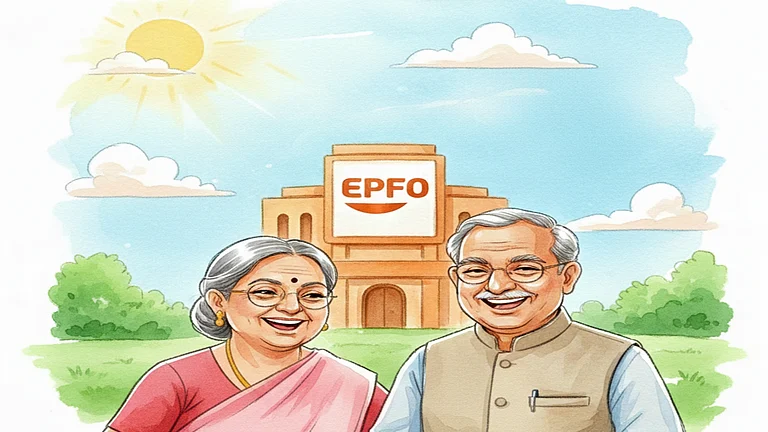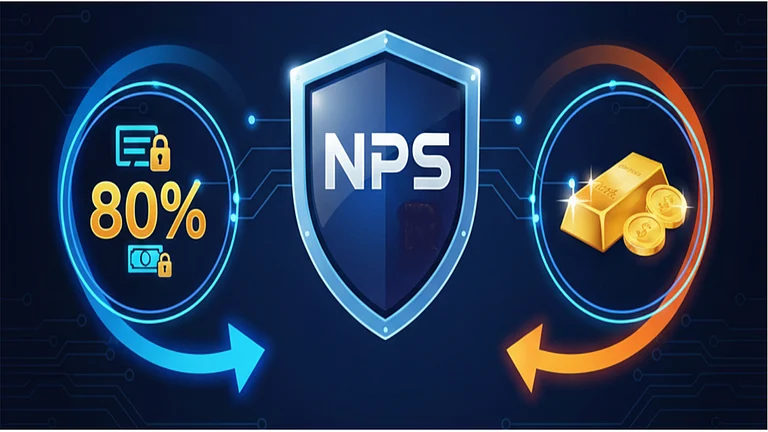If someone is telling you to invest in the NPS for guaranteed income, should you believe it? No, because the National Pension System (NPS) does not guarantee a pension. However, you might think otherwise if you are aware of the National Pension Scheme (NPS), which does provide a guaranteed annual pension of Rs 36,000. Although the acronyms are the same, the full names of these schemes are crucial to understand.
The National Pension System does not offer an assured pension or a guaranteed interest rate. In contrast, the National Pension Scheme provides a guaranteed pension. While both schemes provide a pension upon reaching 60 years of age, the former is open to everyone, including the employed, unemployed, and self-employed, and the latter is exclusively for the self-employed.
Let us delve deeper into the distinctions between these two programs.
National Pension System (NPS)
The National Pension System was introduced in 2004 for government employees as a replacement for the old pension scheme (OPS). In 2009, this long-term savings scheme to provide social security was opened to all citizens. Anyone between the ages of 18 and 70 can open the account. The scheme offers income-tax benefits in the old tax regime under Section under section 80CCD (1) for Rs 1.5 lakh and under section 80CCD (1B) for an additional Rs 50,000 and in the new tax regime under Section 80CCD (2), which is up to 14 per cent of the salary contributed by the employer.
The scheme invests a part of the portfolio in market-linked instruments, and since inception, it has offered around 13 per cent. The scheme offers various options for depositing and withdrawing money before, upon, and after retirement. One is allowed to withdraw money partially before retirement for a maximum of three times for reasons, including medical, education, marriage of children, and purchasing or reconstructing a house. At superannuation, one can withdraw 60 per cent of the accumulated corpus either in a lump sum or through systematic lump sum withdrawal (SLW). The remaining 40 per cent goes to an annuity to provide lifelong financial security to the subscriber.
National Pension Scheme (NPS)
The National Pension Scheme was launched in 2019, and this is only for self-employed individuals, shopkeepers, small business owners, commission agents, real estate brokers, or other small traders. It is available for people between 18 and 40 years of age who are not income taxpayers. They should not be a member of the Employees’ Provident Fund Organisation (EPFO), or Employees’ State Insurance Corporation scheme (ESIC), or the government model of the National Pension System. Further, subscribers to the Pradhan Mantri Shram Yogi Maandhan (PM-SYM) yojana are also not eligible to subscribe to this scheme.
Like the National Pension System, this scheme is also voluntary and contributory. A person whose turnover is less than Rs 1.5 crore can subscribe to this scheme.
Here, the monthly contribution is a minimum of Rs 55 and maximum is Rs 200 and central government contribute the same amount. In return, the scheme guarantees a monthly pension of Rs 3,000 (annual pension of Rs 36,000).
The scheme offers a 50 per cent pension to the subscriber’s spouse after the subscriber dies. However, this family pension is limited only to spouse and cannot be extended to children or other family members. Eligible beneficiaries can open this account offline by visiting the nearest Common Services Centre (CSC) or online by visiting the NPS traders' web portal.

















